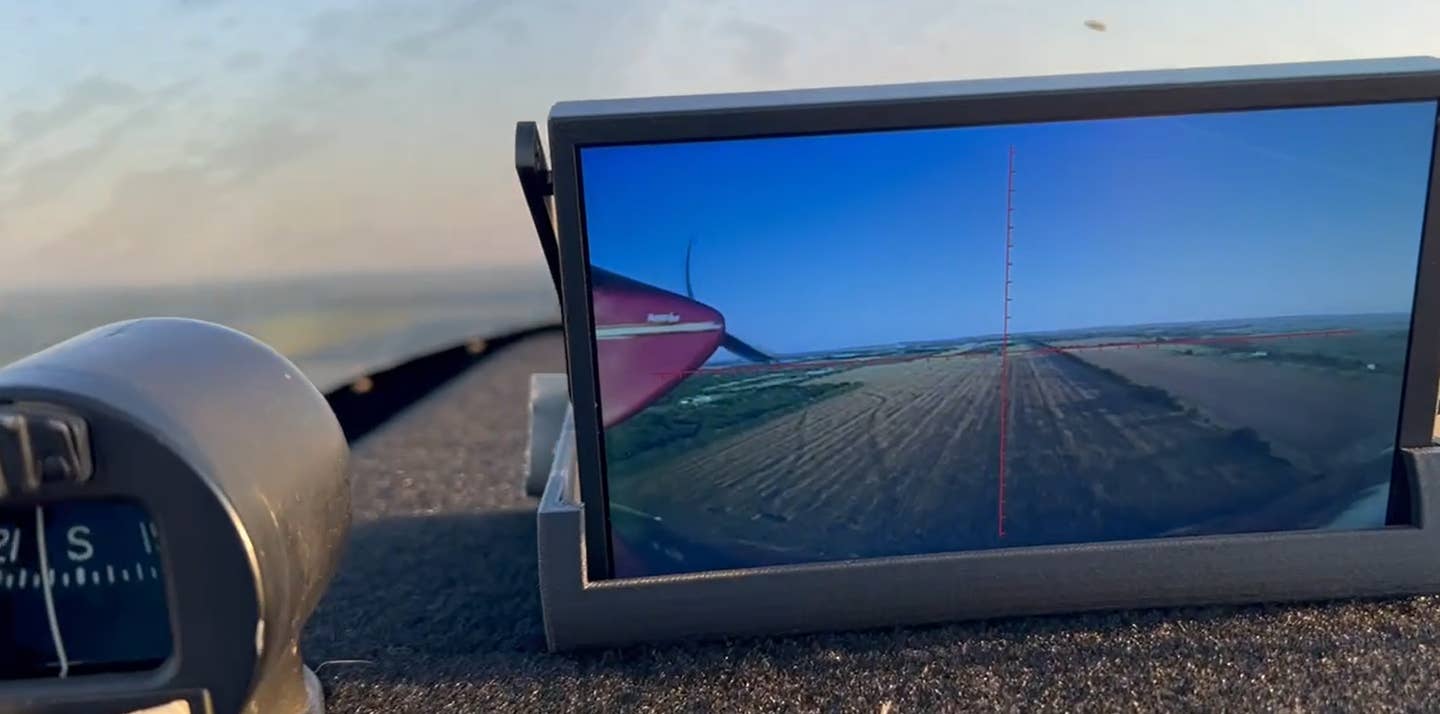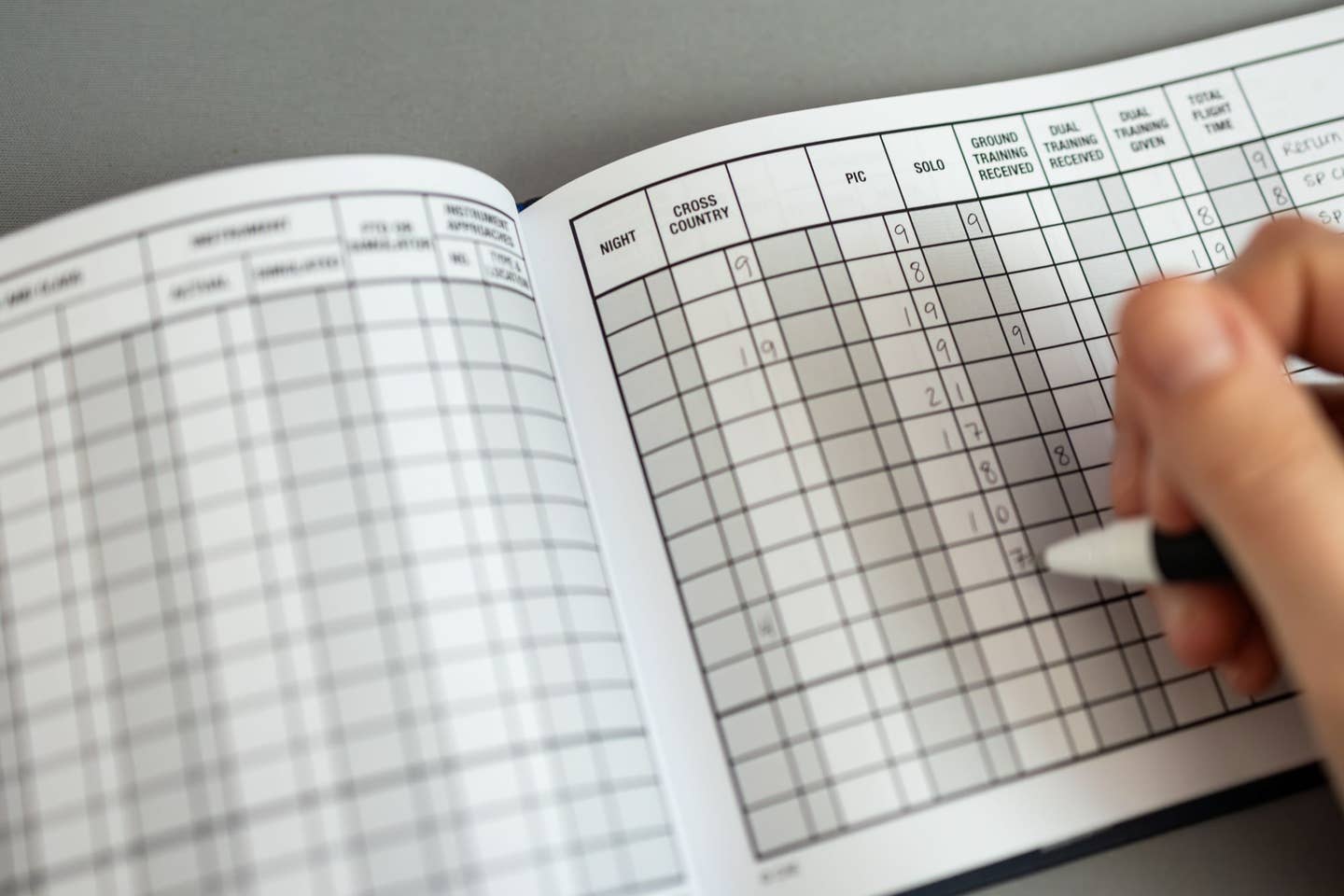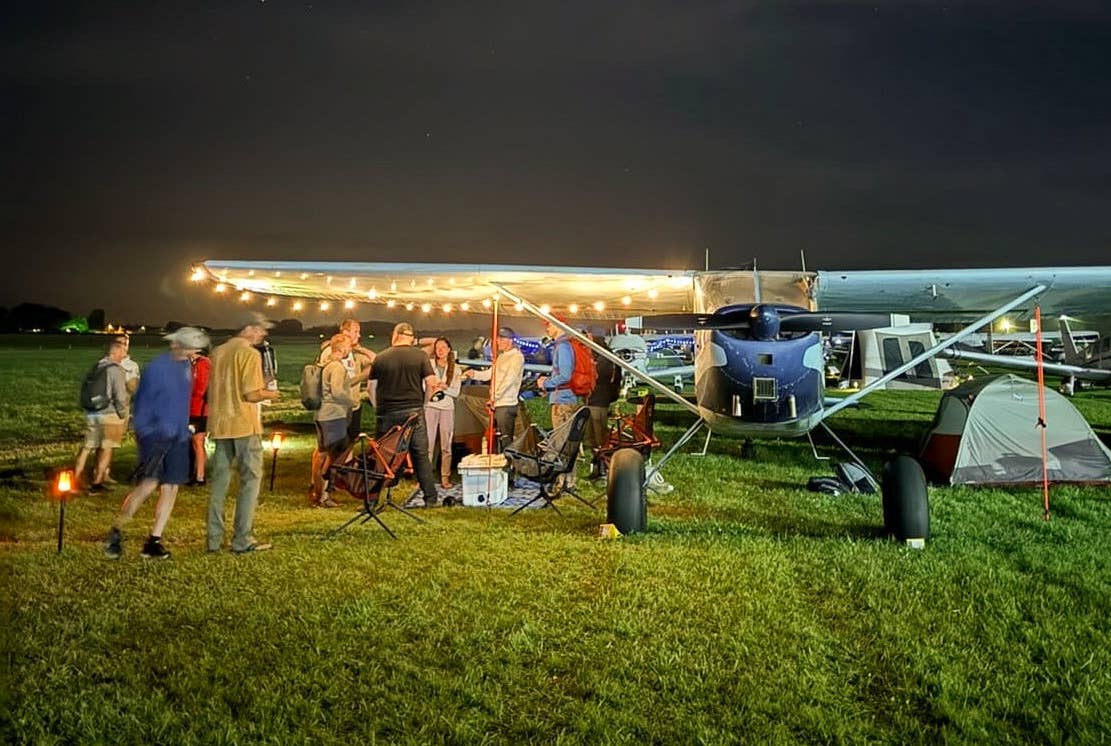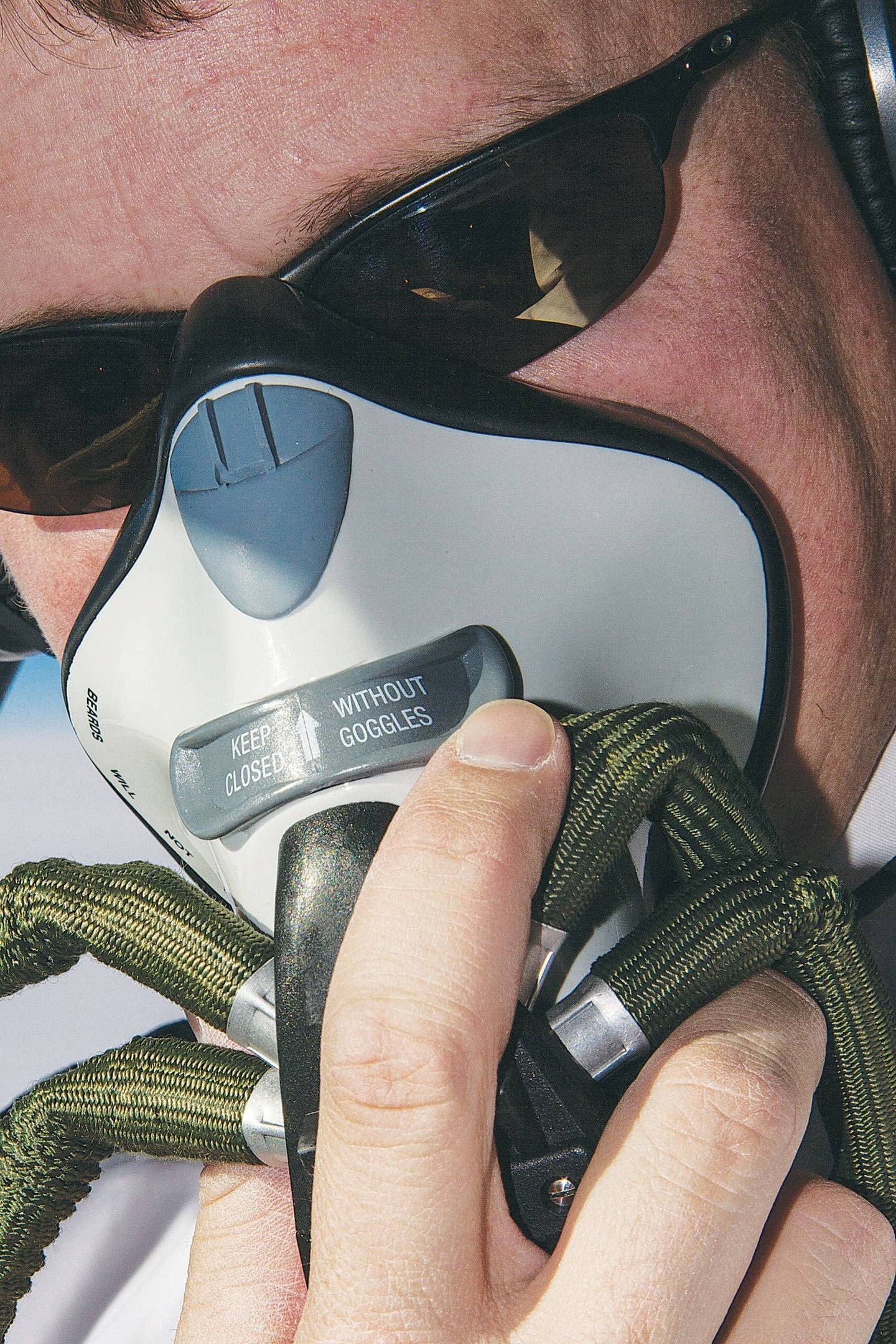
Rockwell Collins said this week that it will bring synthetic-vision capability to its Pro Line 21 avionics suite next year, an announcement that was sure to be warmly embraced by OEM customers as well as the pilots who fly with the popular bizav cockpit. The SVS upgrade will be offered for both forward-fit and retrofit, the company said. Pricing information was not released. More than 4,000 airplanes are currently equipped with Pro Line 21, and Rockwell Collins continues to deliver the systems in about 300 new airplanes each year. To be eligible for the retrofit, an airplane must include the Ethernet-enabled version of the Pro Line displays, which is also a requirement for viewing electronics charts and satellite downlink weather.
Rockwell Collins also became the first avionics maker to incorporate SVS on a head-up display. In a joint program with Bombardier, Collins recently conducted a series of flight tests that sought to validate using HUD-based synthetic vision as a way to achieve operational credit for lower landing minimums during Special Authorization (SA) CAT I ILS and WAAS LPV (Wide Area Augmentation System Localizer Performance with Vertical guidance) approaches.
The flight tests, performed using a Bombardier Global 5000 test aircraft equipped with a Rockwell Collins head-up guidance system, were used to compare varying combinations of flight guidance symbology with and without SVS on both the HUD and the head-down display during ILS approaches. Rockwell Collins says preliminary results indicate that ILS tracking accuracy improved 70 percent laterally and 25 percent vertically when SVS was displayed on the HUD. Tracking on the HDD with SV also showed improvement when compared to the HDD without SV.
“Our ultimate goal is to achieve operational credit for lower landing minima down to 100 feet, which will result in less rerouting of flights at hundreds of airports when visibility is low,” said Greg Irmen, vice president and general manager, Business and Regional Systems for Rockwell Collins. “While more testing is needed, these initial findings support our philosophy that head-up, eyes-out is the preferred way to fly and the best approach for achieving our objective.”

Sign-up for newsletters & special offers!
Get the latest FLYING stories & special offers delivered directly to your inbox






